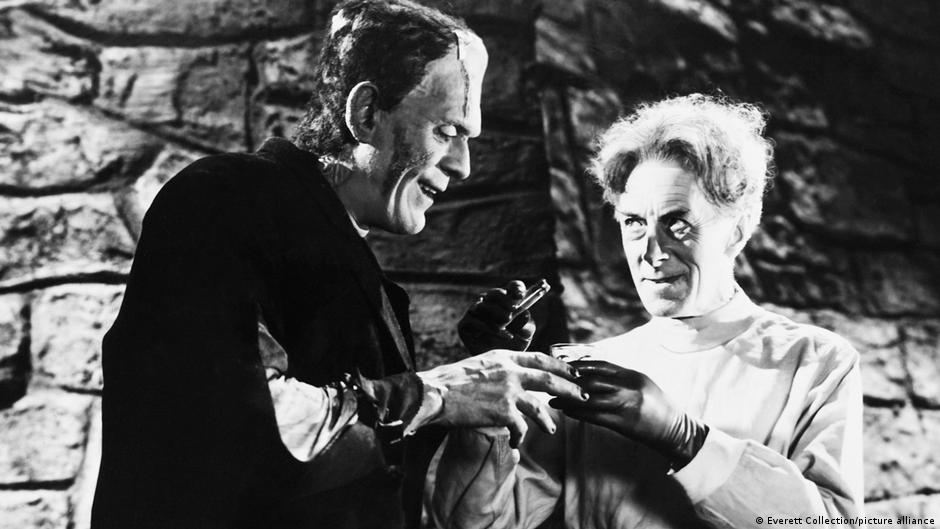
"For more than two centuries, Mary Shelley's "Frankenstein" has been the monster that won't die endlessly revived, re-stitched, and sent staggering back into the culture. The basic parable is evergreen: a gifted but blinkered scientist plays God, creating life out of reanimated body parts. Horrified by his own creation, he abandons it, and the rejected "creature" becomes the monster society fears it to be. That core has proved elastic enough to survive everything, from the cult classic 1930s monster movies starring Boris Karloff"
"As most pedants know, Frankenstein isn't the name of the monster but the scientist who gives him life Victor Frankenstein in the original novel, not a "doctor" or a baron in a castle, but a driven student of "natural philosophy." In Shelley's rendition, the creature is not the grunting half-wit seen in most movie versions, but an articulate autodidact who teaches himself English and moral philosophy after finding a conveniently abandoned copy of John Milton's "Paradise Lost" and who narrates the second half"
For more than two centuries Mary Shelley's Frankenstein has been repeatedly revived across media, preserving a core parable about a scientist's creation and abandonment of life. A gifted but blinkered student of natural philosophy animates a being from reanimated parts whose rejection leads to monstrous consequences and societal fear. Film and stage introduced visual and narrative tropes — lightning resurrection, green skin, bolts, and a lumbering gait — that diverge from the novel. The creature in the original novel is articulate, self-educated, and narrates much of the story. Some modern adaptations restore the creature's sympathy and emphasize the warning about human hubris.
Read at www.dw.com
Unable to calculate read time
Collection
[
|
...
]